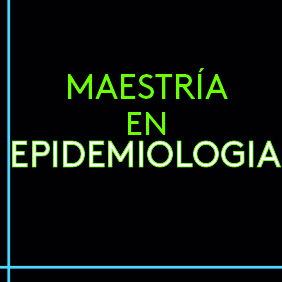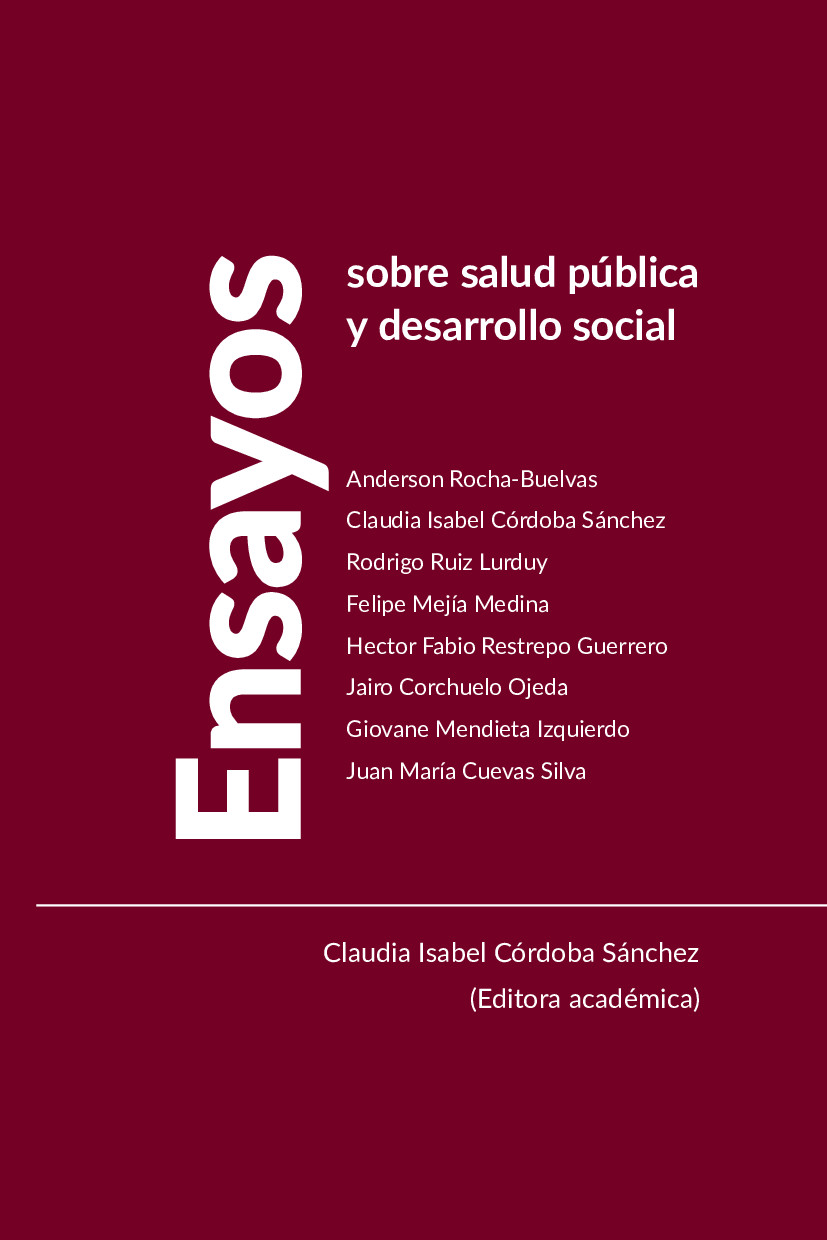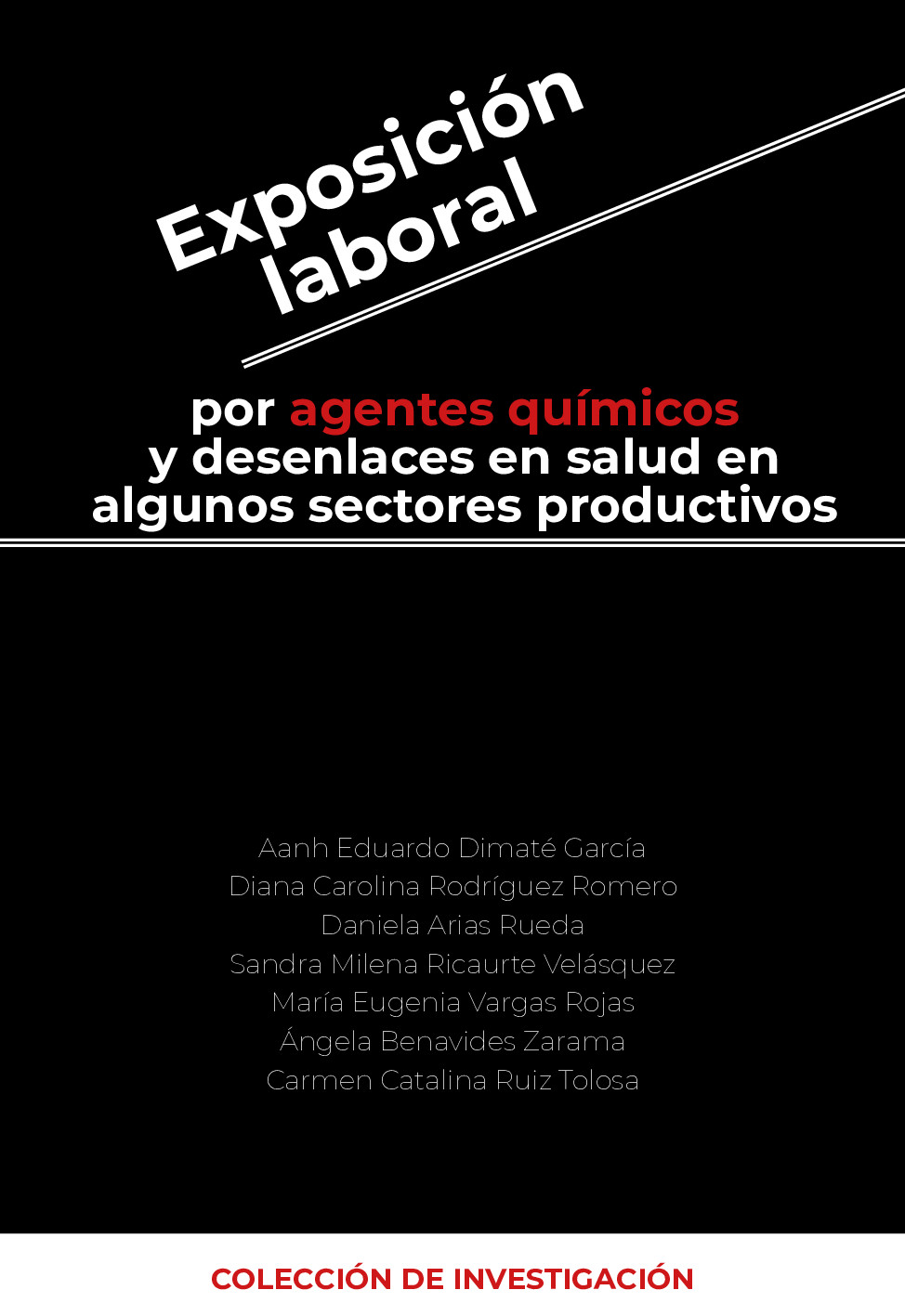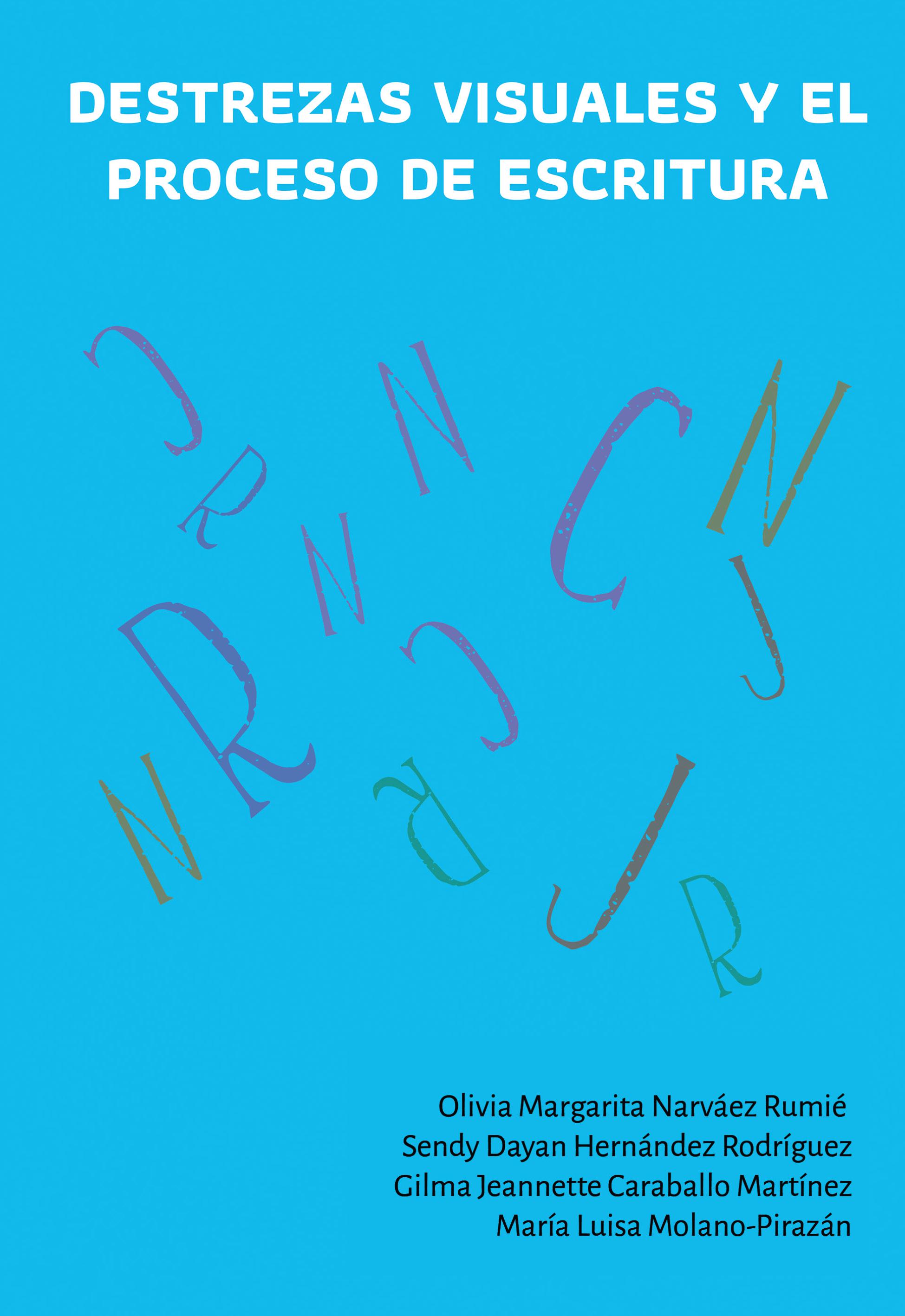Abstract
Introduction: One of the greatest advances in microbiology has been the knowledge of growth and development of microorganisms on surfaces forming biofilms, and its behavior and physiology are significantly different from those microorganisms that have an individual or planktonic growth. In this study, we describe the main characteristics of biofilms related to pathological processes in humans.
Methods: A systematic literature review was conducted in the databases ScienceDirect, PubMed and the generic search engine Google Scholar. In the study were included 35 articles, which met the specific inclusion and exclusion criteria.
Results: We describe the etiologic agents involved in the formation of biofilms, the characterization of these organic sites where these can be formed and the pathogenic factors related to the formation of biofilms.
Conclusion: Biofilm formation is influenced by animate and inanimate factors involved in the host.
Keywords:
Licence
Authors should declare no conflicts of interest either for reasons of financing the project which is the result of the article; as well as intellectuals, academics, moral and investigative reasons.
The Journal of Andean Research is home to the ethical rules for publications issued by the COPE: http://publicationethics.org/resources/code-conduct
References
2. Seneviratne CJ, Jin L, Samaranayake LP. Biofilm lifestyle of Candida: A mini review. Oral Dis. 2008;14(7):582–90. http://dx.doi.org/10.1111/j.1601-0825.2007.01424.x
3. Silva S, Negri M, Henriques M, Oliveira R, Williams DW, Azeredo J. Adherence and biofilm formation of non-Candida albicans Candida species. Trends Microbiol. 2011;19(5):241–7. http://dx.doi.org/10.1016/j.tim.2011.02.003
4. Burmølle M, Ren D, Bjarnsholt T, Sørensen SJ. Interactions in multispecies biofilms: Do they actually matter? Trends Microbiol [Internet]. Elsevier Ltd; 2014;22(2):84–91. Available from: http://dx.doi.org/10.1016/j.tim.2013.12.004
5. Cortés ME, Bonilla JC, Sinisterra RD. Biofilm formation, control and novel strategies for eradication. In: Science against microbial pathogens: communicating current research and technological advances. 2011. p. 896–905.
6. Danne C, Dramsi S. Pili of Gram-positive bacteria: Roles in host colonization. Res Microbiol [Internet]. Elsevier Masson SAS; 2012;163(9-10):645–58. Available from: http://dx.doi.org/10.1016/j.resmic.2012.10.012
7. Zhang K, Ou M, Wang W, Ling J. Effects of quorum sensing on cell viability in Streptococcus mutans biofilm formation. Biochem Biophys Res Commun [Internet]. Elsevier Inc.; 2009;379(4):933–8. Available from: http://dx.doi.org/10.1016/j.bbrc.2008.12.175
8. Mishra NN, Prasad T, Sharma N, Payasi A, Prasad R, Gupta DK, et al. Pathogenicity and drug resistance in Candida albicans and other yeast species. A review. Acta Microbiol Immunol Hung. 2007;54(3):201–35. http://dx.doi.org/10.1556/AMicr.54.2007.3.1
9. Bjarnsholt T, Alhede M, Alhede M, Eickhardt-Sørensen SR, Moser C, Kühl M, et al. The in vivo biofilm. Trends Microbiol. 2013;21(9):466–74. http://dx.doi.org/10.1016/j.tim.2013.06.002
10. O'Gara JP, Humphreys H. Staphylococcus epidermidis biofilms: importance and implications. Med Microbiol. 2001;50(2001):582–7. http://dx.doi.org/10.1099/0022-1317-50-7-582
11. Rohde H, Frankenberger S, Zähringer U, Mack D. Structure, function and contribution of polysaccharide intercellular adhesin (PIA) to Staphylococcus epidermidis biofilm formation and pathogenesis of biomaterial-associated infections. Eur J Cell Biol. 2010;89(1):103–11. http://dx.doi.org/10.1016/j.ejcb.2009.10.005
12. Chaves Simões L, Simões M. Biofilms in drinking water: problems and solutions. RSC Adv. 2013;3(8):2520. http://dx.doi.org/10.1039/C2RA22243D
13. Hall-Stoodley L, Stoodley P. Developmental regulation of microbial biofilms. Curr Opin Biotechnol. 2002;13(3):228–33. http://dx.doi.org/10.1016/S0958-1669(02)00318-X
14. Brackman G, Coenye T. Inhibition of quorum sensing in Staphylococcus spp . Bentham Sci Publ. 2015;1–8.
15. Lembke C, Podbielski A, Jonas L, Hanski E, Hidalgo-grass C, Kreikemeyer B. Characterization of Biofilm Formation by Clinically Relevant Serotypes of Group A Streptococci Characterization of Biofilm Formation by Clinically Relevant Serotypes of Group A Streptococci †. Appl Environ Microbiol. 2006;72(4):2864–75. http://dx.doi.org/10.1128/AEM.72.4.2864-2875.2006
16. Fazeelath Banu. M., Geetha. R. Evaluation of antimicrobial efficacy of essential oils on streptococcus mutans. Int J Pharm Sci Rev Res [Internet]. 2015;33(1):119–21. Available from: http://www.embase.com/search/results?subaction=viewrecord&from=export&id=L605392610
17. Kaplan JB. Biofilm Dispersal : Mechanisms , Clinical Implications , and Potential Therapeutic Uses. J Dent Res. 2010;89(3):205–18. http://dx.doi.org/10.1177/0022034509359403
18. Kalia VC. Quorum sensing inhibitors: An overview. Biotechnol Adv [Internet]. Elsevier Inc.; 2013;31(2):224–45. Available from: http://dx.doi.org/10.1016/j.biotechadv.2012.10.004
19. Mizan MFR, Jahid IK, Ha S Do. Microbial biofilms in seafood: A food-hygiene challenge. Food Microbiol [Internet]. Elsevier Ltd; 2015;49:41–55. Available from: http://dx.doi.org/10.1016/j.fm.2015.01.009
20. Srey S, Jahid IK, Ha S Do. Biofilm formation in food industries: A food safety concern. Food Control. Elsevier Ltd; 2013;31(2):572–85. http://dx.doi.org/10.1016/j.foodcont.2012.12.001
21. Arini A, Feurtet-Mazel A, Morin S, Maury-Brachet R, Coste M, Delmas F. Remediation of a watershed contaminated by heavy metals: A 2-year field biomonitoring of periphytic biofilms. Sci Total Environ. 2012;425:242–53. http://dx.doi.org/10.1016/j.scitotenv.2012.02.067
22. Rosche B, Li XZ, Hauer B, Schmid A, Buehler K. Microbial biofilms: a concept for industrial catalysis? Trends Biotechnol. 2009;27(11):636–43. http://dx.doi.org/10.1016/j.tibtech.2009.08.001
23. Siqueira JF, Rôças IN. Community as the unit of pathogenicity: An emerging concept as to the microbial pathogenesis of apical periodontitis. Oral Surgery, Oral Med Oral Pathol Oral Radiol Endodontology [Internet]. Mosby, Inc.; 2009;107(6):870–8. Available from: http://dx.doi.org/10.1016/j.tripleo.2009.01.044
24. Hooshangi S, Bentley WE. From unicellular properties to multicellular behavior: bacteria quorum sensing circuitry and applications. Curr Opin Biotechnol. 2008;19(6):550–5.
25. Schoenfelder SMK, Lange C, Eckart M, Hennig S, Kozytska S, Ziebuhr W. Success through diversity - How Staphylococcus epidermidis establishes as a nosocomial pathogen. Int J Med Microbiol [Internet]. Elsevier GmbH.; 2010;300(6):380–6. Available from: http://dx.doi.org/10.1016/j.ijmm.2010.04.011
26. Suntharalingam P, Cvitkovitch DG. Quorum sensing in streptococcal biofilm formation. Trends Microbiol. 2005;13(1):3–6. http://dx.doi.org/10.1016/j.tim.2004.11.009
27. Meervenne E Van, Weirdt R De, Coillie E Van, Devlieghere F, Herman L, Boon N. Biofilm models for the food industry: Hot spots for plasmid transfer? Pathog Dis. 2014;70(3):332–8. http://dx.doi.org/10.1111/2049-632X.12134
28. Patel I, Patel V, Thakkar A, Kothari V. Microbial Biofilms: Microbes in Social Mode. Int J Agric Food Res. 2014;3(2):34–49.
29. Urrútia G, Bonfill X. Declaración PRISMA: una propuesta para mejorar la publicación de revisiones sistemáticas y metaanálisis. Med Clin (Barc). 2010;135(11):507–11. http://dx.doi.org/10.1016/j.medcli.2010.01.015
30. Xue T, Ni J, Shang F, Chen X, Zhang M. Autoinducer-2 increases biofilm formation via an ica- and bhp-dependent manner in Staphylococcus epidermidis RP62A. Microbes Infect [Internet]. Elsevier Masson SAS; 2015;17(5):345–52. Available from: http://linkinghub.elsevier.com/retrieve/pii/S1286457915000167
31. Nafee N, Husari A, Maurer CK, Lu C, De Rossi C, Steinbach A, et al. Antibiotic-free nanotherapeutics: Ultra-small, mucus-penetrating solid lipid nanoparticles enhance the pulmonary delivery and anti-virulence efficacy of novel quorum sensing inhibitors. J Control Release [Internet]. Elsevier B.V.; 2014;192:131–40. Available from: http://dx.doi.org/10.1016/j.jconrel.2014.06.055
32. Mikkelsen H, Ball G, Giraud C, Filloux A. Expression of pseudomonas aeruginosa CupD fimbrial genes is antagonistically controlled by RcsB and the EAL-containing PvrR response regulators. PLoS One. 2009;4(6). http://dx.doi.org/10.1371/journal.pone.0006018
33. Frank K, Patel R. Staphylococcus lugdunensis- Not the Average Coagulase-Negative Staphylococcus Species. Clin Microbiol Newsl. 2008;30(8):55–62. http://dx.doi.org/10.1016/j.clinmicnews.2008.03.004
34. Ikonomidis A, Vasdeki A, Kristo I, Maniatis AN, Tsakris A, Malizos KN, et al. Association of biofilm formation and methicillin-resistance with accessory gene regulator (agr) loci in Greek Staphylococcus aureus clones. Microb Pathog [Internet]. Elsevier Ltd; 2009;47(6):341–4. Available from: http://dx.doi.org/10.1016/j.micpath.2009.09.011
35. Van Der Meer JW, Van De Veerdonk FL, Joosten LA, Kullberg BJ, Netea MG. Severe Candida spp. infections: New insights into natural immunity. Int J Antimicrob Agents [Internet]. Elsevier B.V.; 2010;36(SUPPL. 2):S58–62. Available from: http://dx.doi.org/10.1016/j.ijantimicag.2010.11.013
36. Paiva LCF, Vidigal PG, Donatti L, Svidzinski TIE, Consolaro MEL. Assessment of in vitro biofilm formation by Candida species isolates from vulvovaginal candidiasis and ultrastructural characteristics. Micron [Internet]. Elsevier Ltd; 2012;43(2-3):497–502. Available from: http://dx.doi.org/10.1016/j.micron.2011.09.013
37. Palmer S, Soulsby L, Torgerson PR, Brown DW (eds). Zoonoses Biology, Clinical Practice, and Public Health Control. Oxford University: Oxford; 2011.
38. Thenmozhi R, Nithyanand P, Rathna J, Karutha Pandian S. Antibiofilm activity of coral-associated bacteria against different clinical M serotypes of Streptococcus pyogenes. FEMS Immunol Med Microbiol. 2009;57(3):284–94. http://dx.doi.org/10.1111/j.1574-695X.2009.00613.x
39. Azakami H, Akashima HN, Kimichi HA, Oiri YN, Bisu SE, Ato AK. Involvement of N-Acetyl-. Biosci Biotechnol Biochem [Internet]. 2006;70(2):1–6. Available from: papers3://publication/uuid/5BB250C2-D3D3-45CD-81A5-52EDC1CDFA08
40. Ioannidis A, Kyratsa A, Ioannidou V, Bersimis S, Chatzipanagiotou S. Detection of biofilm production of Yersinia enterocolitica strains isolated from infected children and comparative antimicrobial susceptibility of biofilm versus planktonic forms. Mol Diagnosis Ther. 2014;18(3):309–14. http://dx.doi.org/10.1007/s40291-013-0080-1
41. El Fertas-Aissani R, Messai Y, Alouache S, Bakour R. Virulence profiles and antibiotic susceptibility patterns of Klebsiella pneumoniae strains isolated from different clinical specimens. Pathol Biol (Paris) [Internet]. Elsevier Masson SAS; 2013;61(5):209–16. Available from: http://www.sciencedirect.com/science/article/pii/S036981141200185X
42. Cusumano CK, Hung CS, Chen SL, Hultgren SJ. Virulence plasmid harbored by uropathogenic Escherichia coli functions in acute stages of pathogenesis. Infect Immun. 2010;78(4):1457–67. http://dx.doi.org/10.1128/IAI.01260-09
43. Hebbelstrup B, Olsen KEP, Struve C, Krogfelt KA, Petersen AM. Epidemiology and clinical manifestations of enteroaggregative escherichia coli. Clin Microbiol Rev. 2014;27(3):614–30. http://dx.doi.org/10.1128/CMR.00112-13
44. Senadheera D, Cvitkovitch DG. Quorum sensing and biofilm formation by Streptococcus mutans. In: Advances in experimental medicine and biology. 2008. p. 178–88. http://dx.doi.org/10.1007/978-0-387-78885-2_12
45. Marrero K, Sánchez A, Rodríguez-Ulloa A, González LJ, Castellanos-Serra L, Paz-Lago D, et al. Anaerobic growth promotes synthesis of colonization factors encoded at the Vibrio pathogenicity island in Vibrio cholerae El Tor. Res Microbiol. 2009;160(1):48–56. http://dx.doi.org/10.1016/j.resmic.2008.10.005
46. Marguerettaz M, Dieppois G, Que YA, Ducret V, Zuchuat S, Perron K. Sputum containing zinc enhances carbapenem resistance, biofilm formation and virulence of Pseudomonas aeruginosa. Microb Pathog [Internet]. 2014;77:36–41. Available from: http://linkinghub.elsevier.com/retrieve/pii/S0882401014001636 http://dx.doi.org/10.1016/j.micpath.2014.10.011
47. Modrzewska B, Kurnatowski P. Review articles Selected pathogenic characteristics of fungi from the genus. Ann Parasitol. 2013;59(502):57–66.
48. Ejrnæs K. Bacterial characteristics of importance for recurrent urinary tract infections caused by Escherichia coli. Dan Med Bull [Internet]. 2011;58(4):B4187. Available from: http://www.ncbi.nlm.nih.gov/pubmed/21466767
49. Mikkelsen H, Hui K, Barraud N, Filloux A. The pathogenicity island encoded PvrSR/RcsCB regulatory network controls biofilm formation and dispersal in Pseudomonas aeruginosa PA14. Mol Microbiol. 2013;89(3):450–63. http://dx.doi.org/10.1111/mmi.12287
50. Osman KM, Zolnikov TR, Samir A, Orabi A. Prevalence, pathogenic capability, virulence genes, biofilm formation, and antibiotic resistance of Listeria in goat and sheep milk confirms need of hygienic milking conditions. Pathog Glob Health [Internet]. 2014;108(1):21–9. Available from: http://www.maneyonline.com/doi/abs/10.1179/2047773213Y.0000000115 http://dx.doi.org/10.1179/2047773213Y.0000000115
51. Kaper JB, O'Brien AD. Overview and Historical Perspectives. Microbiol Spectr [Internet]. 2014;2(2). Available from: http://www.pubmedcentral.nih.gov/articlerender.fcgi?artid=4290666&tool=pmcentrez&rendertype=abstract http://dx.doi.org/10.1128/microbiolspec.ehec-0028-2014

 PDF (Español (España))
PDF (Español (España))
 FLIP
FLIP

















